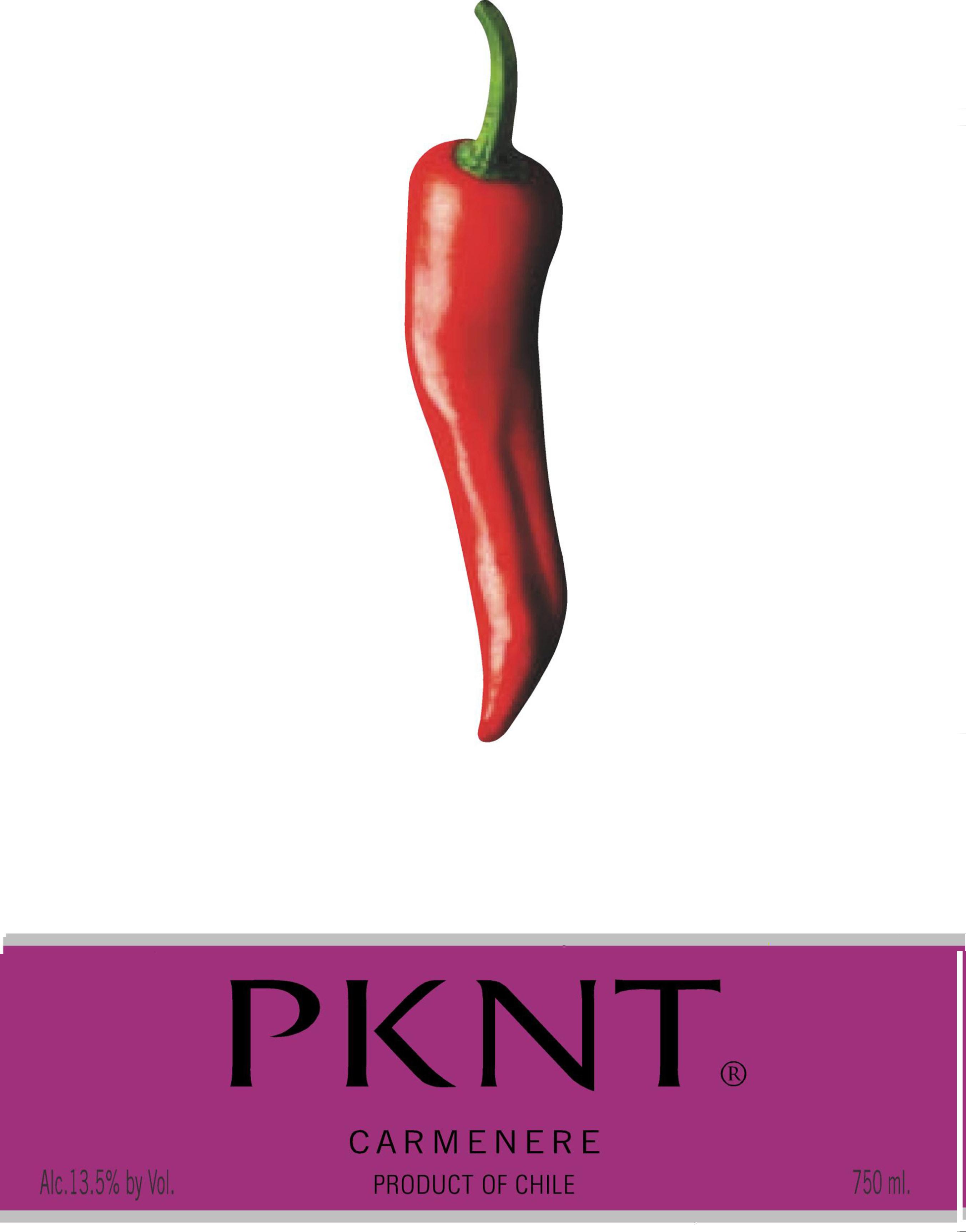2005 Rapel Valley Carmenere
The 2005 Pknt Carmenere from Rapel Valley is a stunning red wine that captivates with its deep, inviting color. This medium-bodied wine boasts a beautiful balance of freshness and complexity, showcasing pronounced acidity that brightens its character. On the palate, it reveals an array of vibrant fruit flavors, with rich notes of dark berries complemented by hints of spice and subtle oak. The tannins are noticeable yet refined, providing a firm structure that enhances the wine's overall elegance. With a dry profile, this Carmenere is an exceptional choice for those seeking a wine that beautifully captures the essence of its region while delivering a delightful tasting experience.
The 2005 Pknt Carmenere from Rapel Valley is a stunning red wine that captivates with its deep, inviting color. This medium-bodied wine boasts a beautiful balance of freshness and complexity, showcasing pronounced acidity that brightens its character. On the palate, it reveals an array of vibrant fruit flavors, with rich notes of dark berries complemented by hints of spice and subtle oak. The tannins are noticeable yet refined, providing a firm structure that enhances the wine's overall elegance. With a dry profile, this Carmenere is an exceptional choice for those seeking a wine that beautifully captures the essence of its region while delivering a delightful tasting experience.




